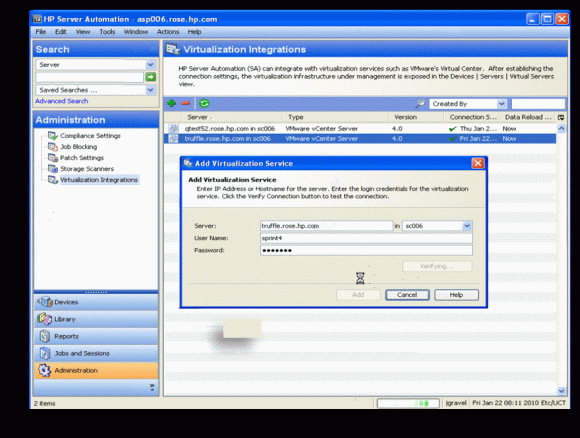There’s no way that IT organizations will be able to effectively keep pace with virtualization without embracing some form of IT automation.
Not only is the number of virtual servers starting to proliferate around the enterprise, the virtual machines that they depend on can now dynamically move across the network at a moment’s notice.
Manually managing all that is beyond the reach of most IT organizations that will soon ask IT administrators to manage hundreds of instances of virtual servers. Throwing more people at those tasks is not economically feasible, and the agility that most businesses require of their IT organizations is beyond anything that can be accomplished manually.
This can be a very difficult conversation within many IT organizations where employees see IT automation as little more than a veiled attempt to eliminate their positions. But businesses are on a crusade to cut costs, and the expense associated with running IT is primary target.
In response to those demands, companies such as HP are rolling out enhanced IT automation platforms. The latest update to the HP Business Service Automation portfolio includes enhancements to automate server and storage virtualization, application deployment, and the deployment of both physical and virtual clients.
That offering, said Kristin Brennan, senior product marketing manager for HP server automation, includes over 4,000 out-of-the-box controls for automating various IT functions that customers can either just turn on or edit themselves.
HP is one of the more aggressive companies in IT automation because the company is building platforms that not only span every IT task in the data center, but also all the IT functions in the cloud. And the company’s recent move to acquire Stratavia signals its intent to pursue IT automation opportunities into the database and application layer as well.
Brennan says that when you break IT automation down, it comprises four phases. The first phase focuses on automating specific IT domains and areas of expertise. The second phase starts to approach IT as a holistic operation, and from there companies move to delivering IT infrastructure as a service followed by automating the management of applications. It’s not uncommon, said Brennan, for customers to see a 300 percent or more return on their investments in IT automation.
The rise of IT automation means that many existing IT personnel are going to have to find other ways to add value to the business as ‘digital maintenance work’ continues to disappear. The good news is that the business is more reliant on IT than ever; it just doesn’t want to spend money on maintenance activities.



